How to Successfully Work With Shadows in Your Photography
As photographers, we pay a great deal of attention to light, and for a good reason. Light is the basis of all photography – and impacts what we see and how we see it!
Often, lighting makes or breaks an image, and knowing how to work with light will help you capture breathtaking photographs.

But while we focus a great deal on light, darkness – the absence of light, is often overlooked. This is unfortunate since darkness and shadows are important as well. The play between light and dark and the contrast between different shades of light can significantly impact composition, and knowing how to work with these contrasting elements can result in some truly spectacular images.
Shadows can help to direct attention to a specific point in the composition. They can reveal form or hide features that may be better left unseen. They can also be used to add a hint of drama, emotion, interest, or mystery to a photo. And, of course, they can emphasize the light, drawing attention to highlights in an image.
While it takes practice to perfect the balance of perfect light and darkness in your photos, getting started with shadows is relatively simple – there isn’t a huge learning curve required to begin. Let’s look at different ways to use shadows to create dynamic – and exciting images.
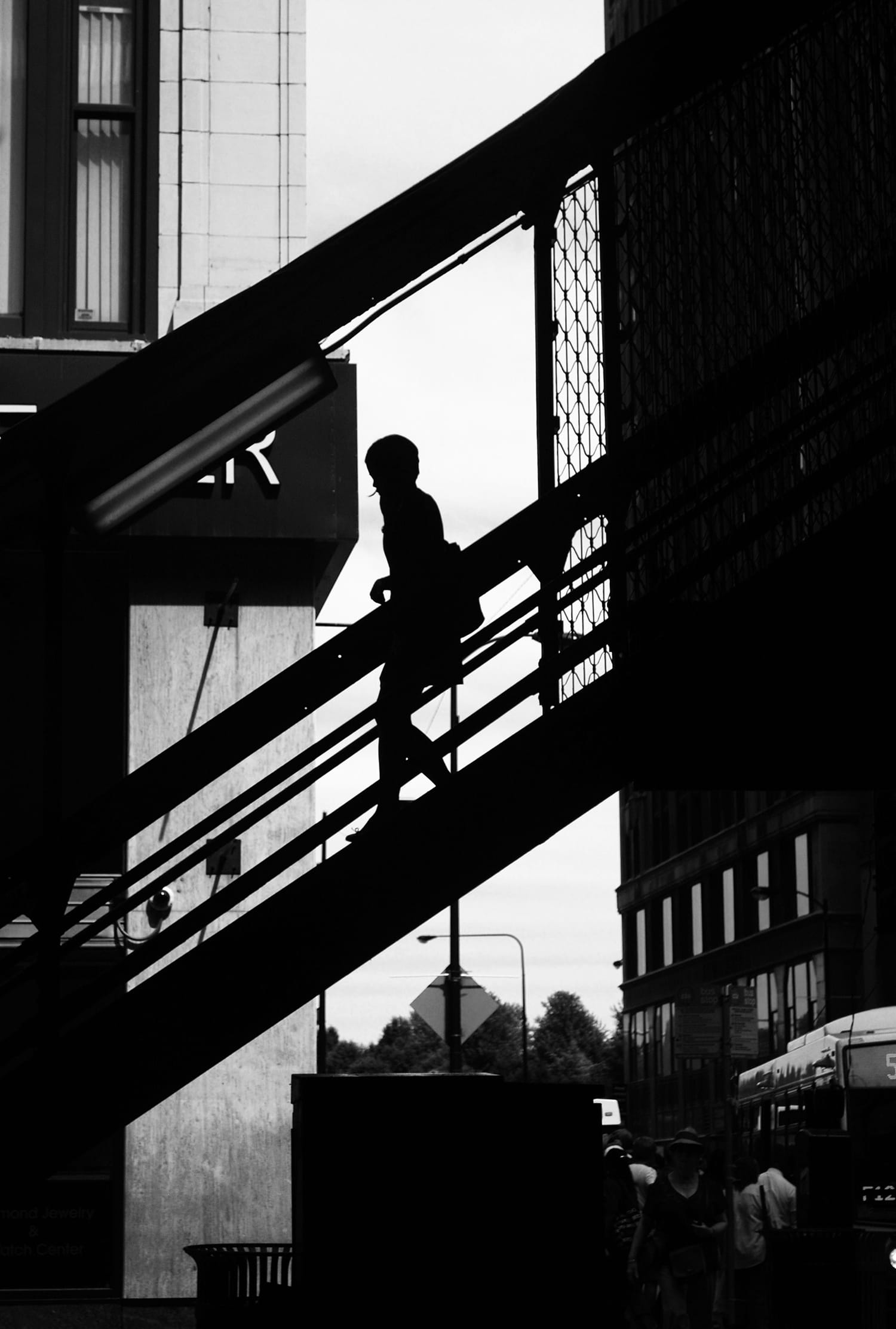
1. Add Contrast
Shadows are a great way to add tonal contrast to an image since lowlights contrast beautifully with the lighter areas or highlights in a photo. Using shadows for contrast is especially important if you’re creating black and white photos since you won’t use color to add interest or create contrast.
When composing your images, pay attention to the light and shadows and adjust your position or move your subject to create a strong composition.
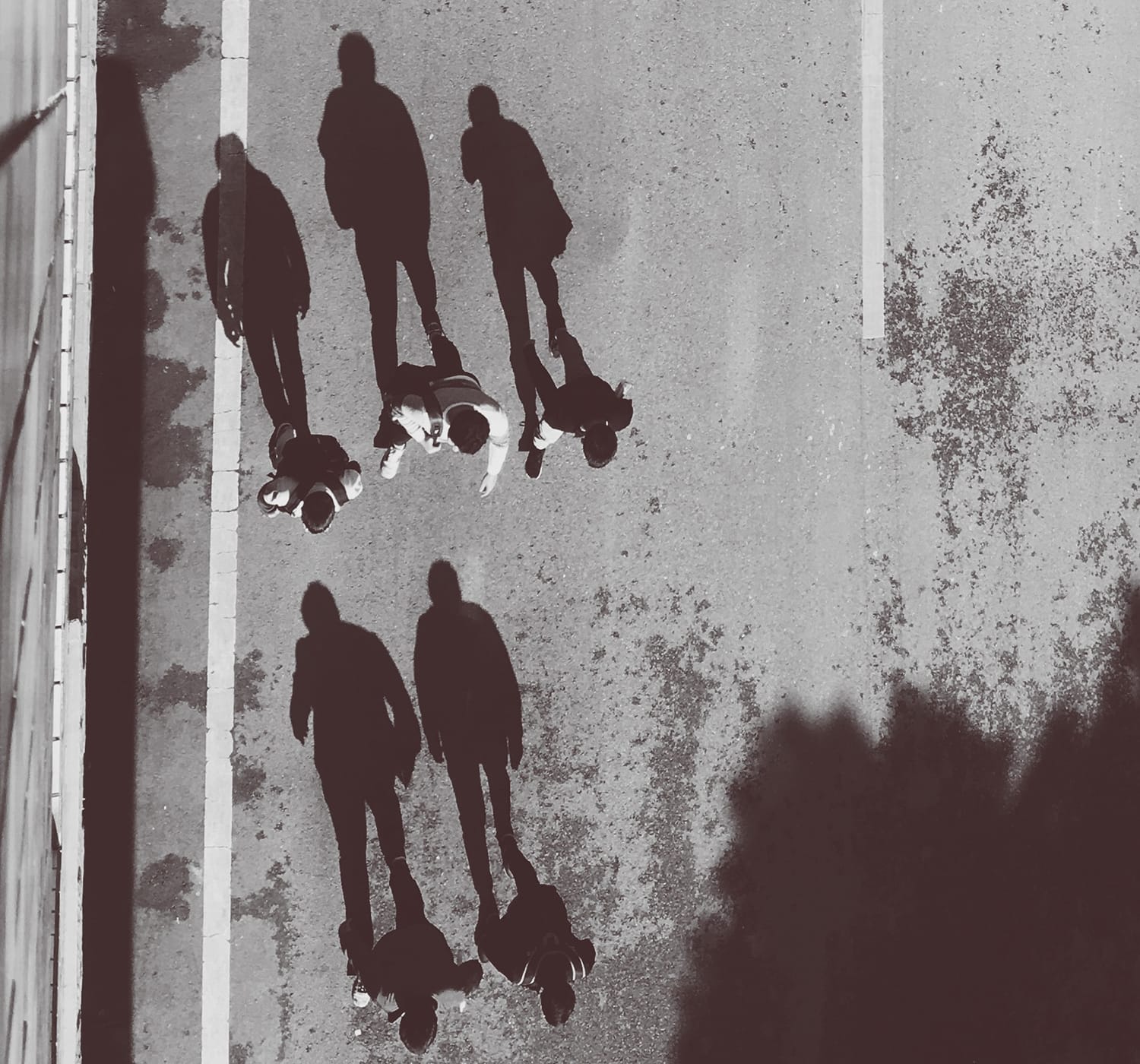
2. Serve As a Focal Point
Shadows make great subjects! You can feature a shadow as part of the focal point by including it with the subject. Or, consider leaving the subject out of the image and focusing instead on the shadows. This works especially well if the subject has a strong outline – such as a person, animal, trees, a bicycle, or any other form that’s easily recognizable.
Another idea is to angle your camera, so the subject’s at the bottom of the frame and the shadow on top, allowing it to be the main focal point.
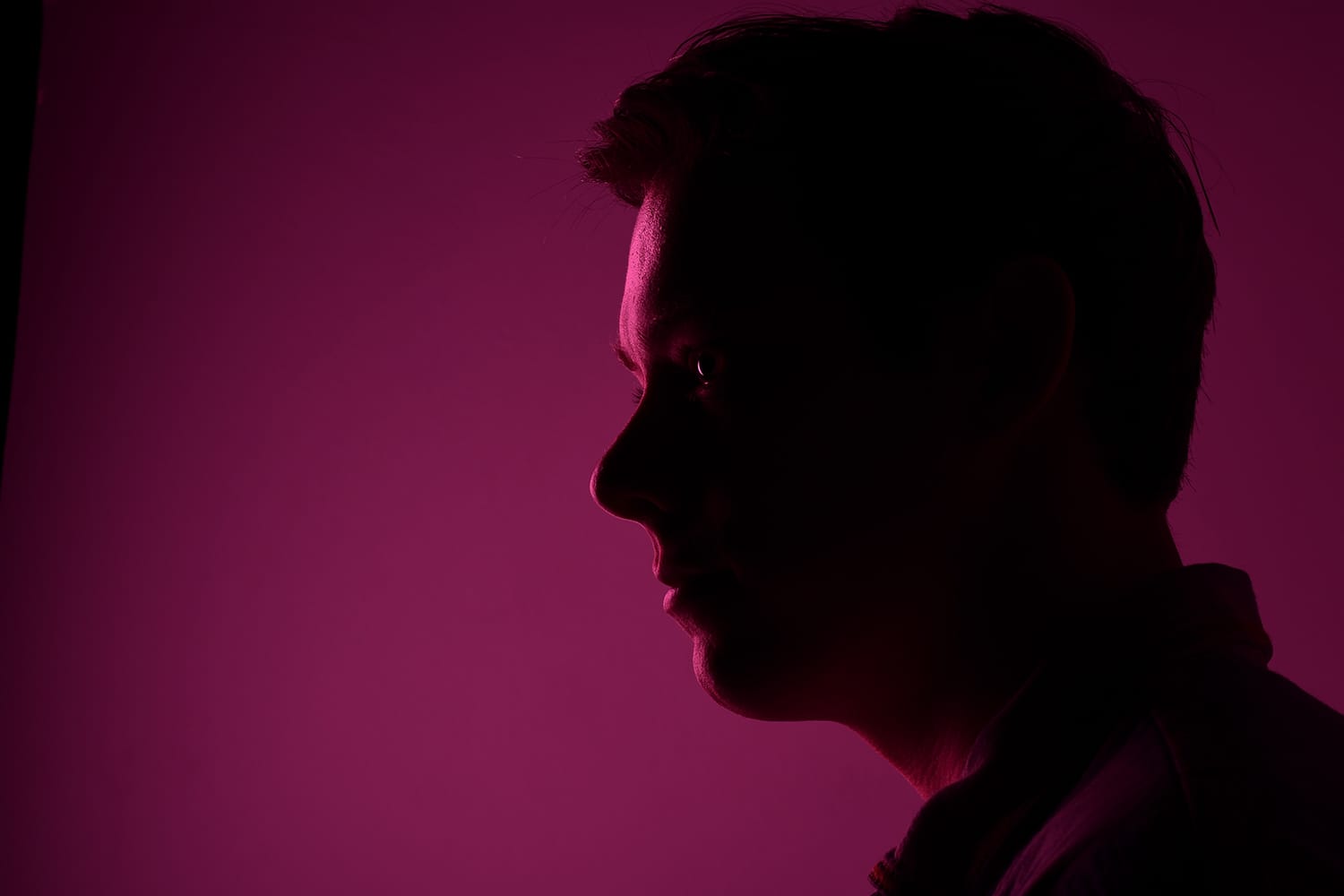
3. Direct Attention
Shadows don’t have to be front and center! They can also direct attention to the main point of interest. When composing your landscape images, pay attention to how the light and shadows are hitting the land. Look for ways to compose your shots so that the shadows draw attention to the main focal point.
For portrait photography, shadows can be used similarly to mask and reveal certain aspects of the subject – for example, their eyes or part of their face.
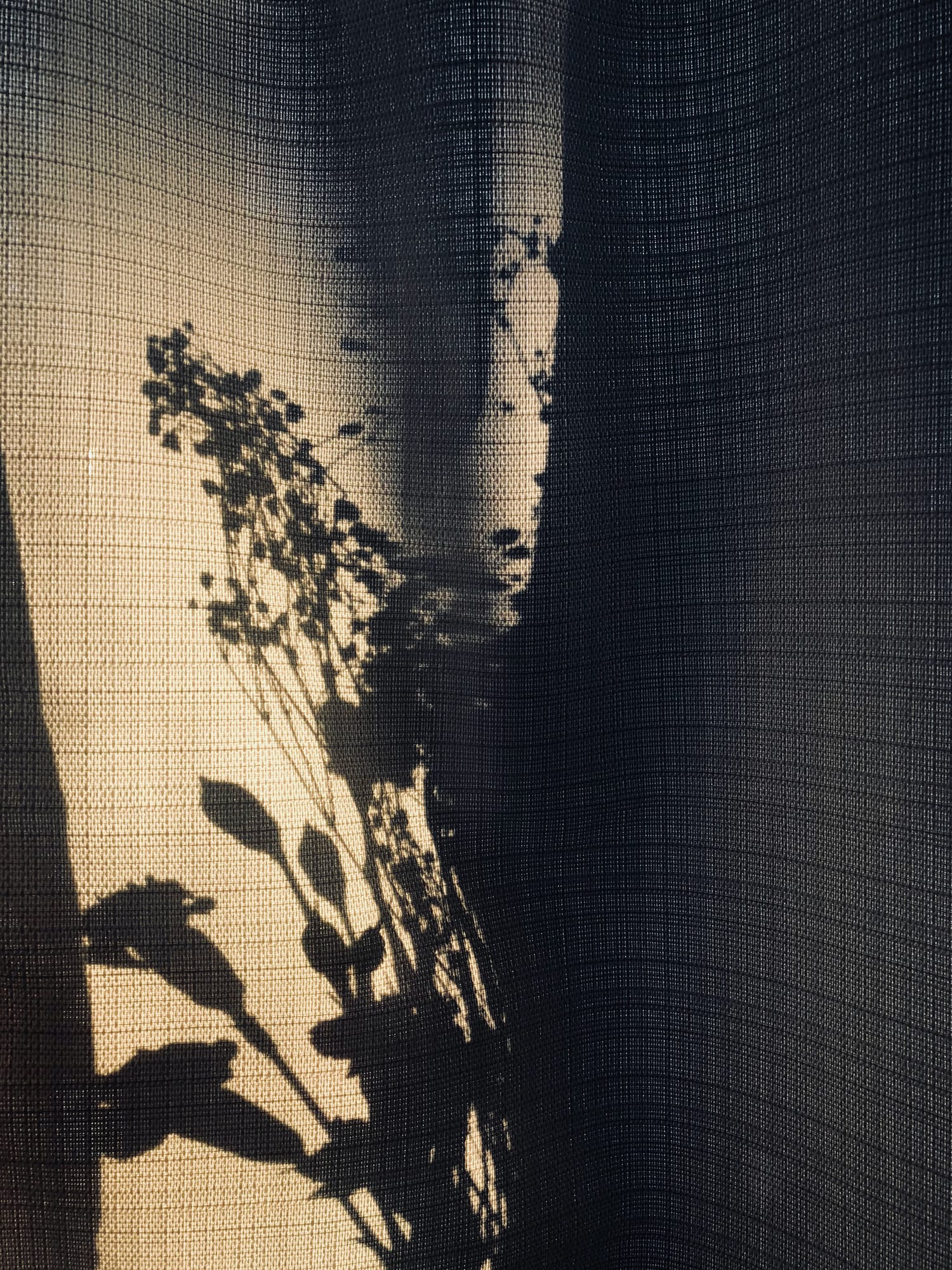
4. Reveal Texture
Shadows can also reveal the texture of the landscape. When the sun is at a lower angle to the horizon, it casts shadows across the land, drawing out details and adding depth and interest. This is in contrast to brightly overcast days, where the light from the sun is softly diffused – resulting in fewer shadows and more even lighting.
Often, photographers seek out dramatic lighting as it’s great for capturing ripples in the sand on a beach or emphasizing the shape and angles of rolling hills, jagged mountain peaks, and other various landscapes.
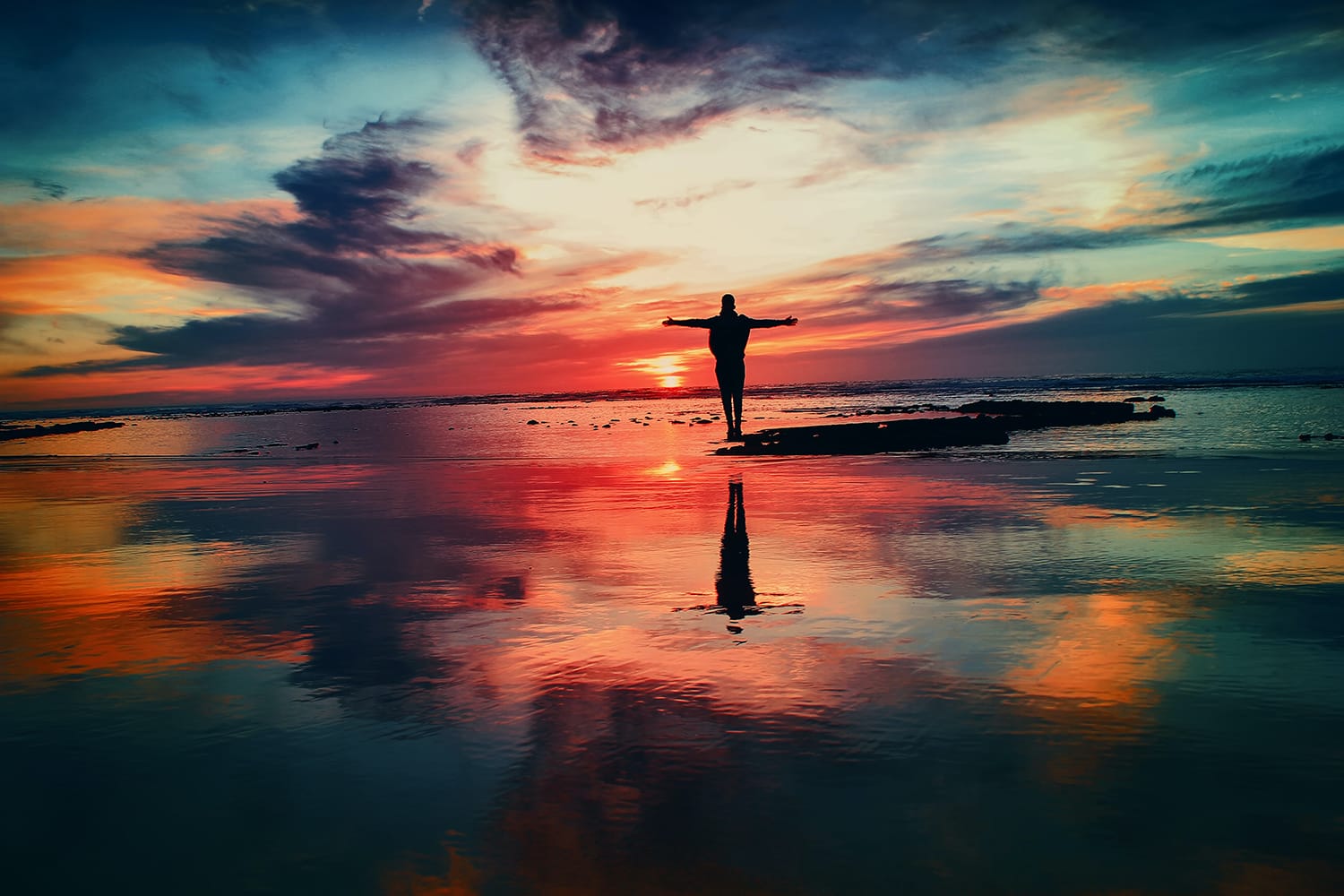
5. Emphasize Emotion
While light makes an image seem bright and cheerful, shadows can convey strong emotion, particularly in portrait photography. They can also add a sense of mystery and drama to a composition. Think of a dancer shrouded in darkness or a subject that’s partially obscured by a shadow. Using predominantly dark tones is known as low-key photography and is a great way to capture images that convey strong emotion.
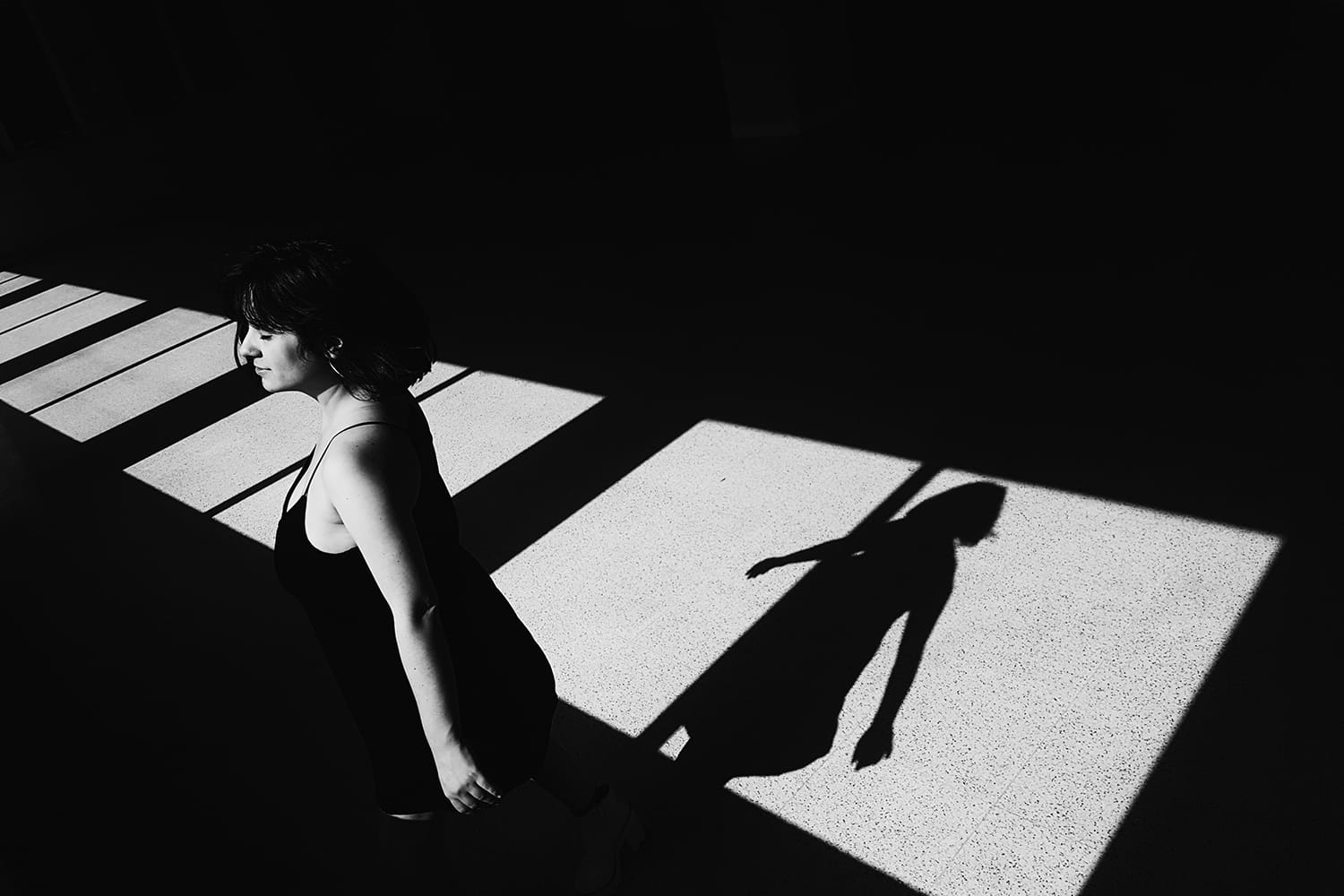
6. Add Depth and Dimension
Shadows and light can be used to emphasize the sense of distance in an image, allowing you to create compositions with depth and dimension. This is true for landscapes and close-up shots alike.
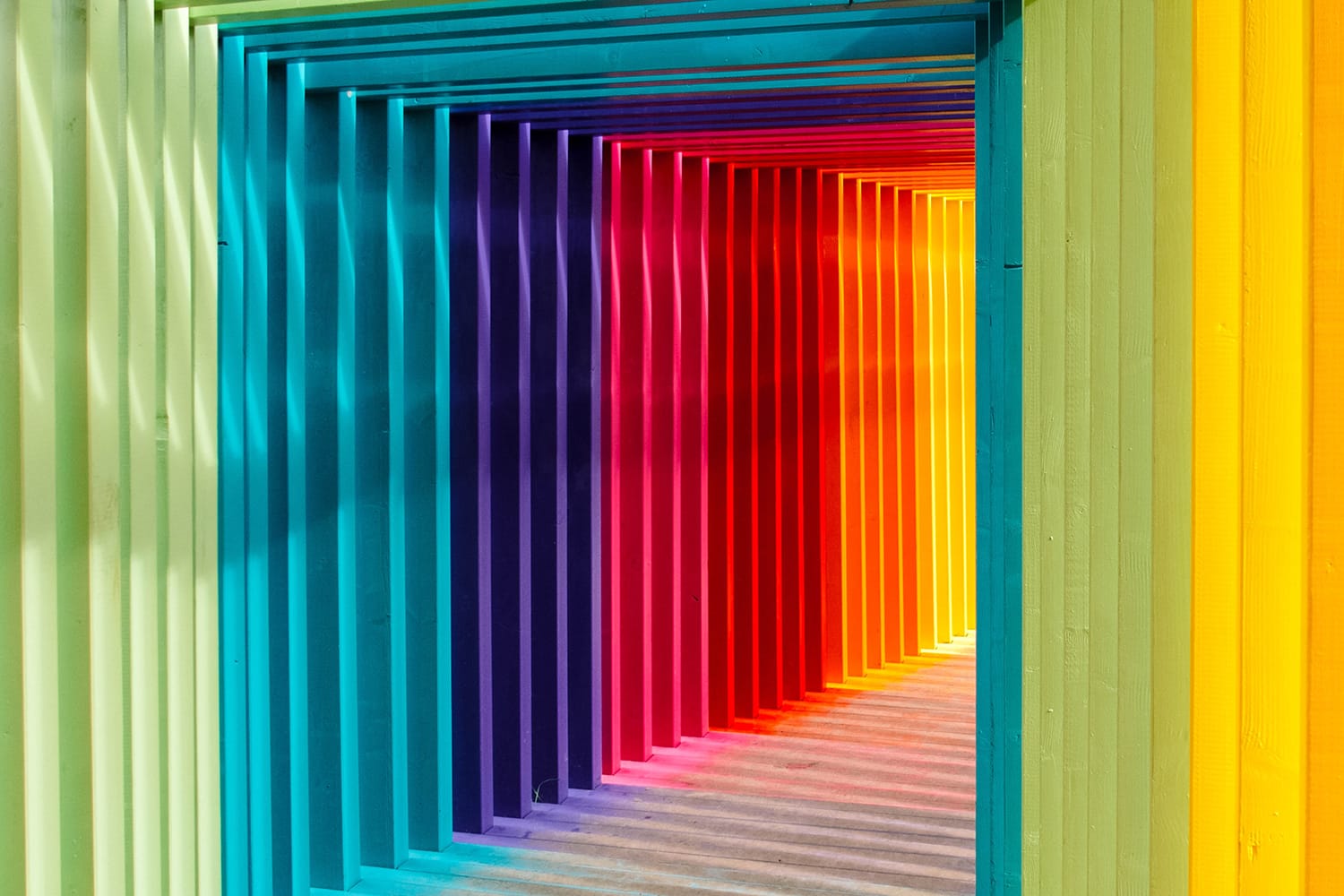
7. Use Shadows to Create Color
When bright, translucent objects block the light source, the result is colorful shadows! This can be a fun way to add some artistic flair to your portraits – or other images. Brightly colored balloons, umbrellas, and other semi-see-through items all work great. For best results, wait for a bright, sunny day and directly position the bright objects to block the sun.
Extra Tips for Capturing Shadows
If you keep your eyes open, you’ll find plenty of great opportunities to include shadows in your images.
The dramatic lighting after a storm or the soft early morning or late afternoon light are all great opportunities to capture beautiful shadows in your compositions. Keep in mind that the shadows will be longer when the sun is closer to the horizon. In the same way, if you are photographing indoors using a lamp or an off-camera flash, the closer your light source is to the surface, the longer the shadow will be.
When capturing shadows, it’s a good idea to use your camera in manual mode. This will give you more control over the exposure and the resulting images. If you use automatic mode, there’s a good chance that your shadows will come out too light.
You’ll also want to use your camera’s LCD screen or histogram to expose the image properly. If it’s not, you can always use exposure value (EV) compensation to adjust it. If you see that a shot is too bright, dial the exposure down to deepen the shadows.
While light is a vital part of photography, the absence of light is also important. Paying attention to available light and learning to manipulate it or work with it to create highlights and lowlights in your images intentionally will help you capture interesting and varied photos drama, depth, and lots of visual interest.
Do you use shadows in your photography? Feel free to share your tips and photos with us on Twitter or Facebook!
